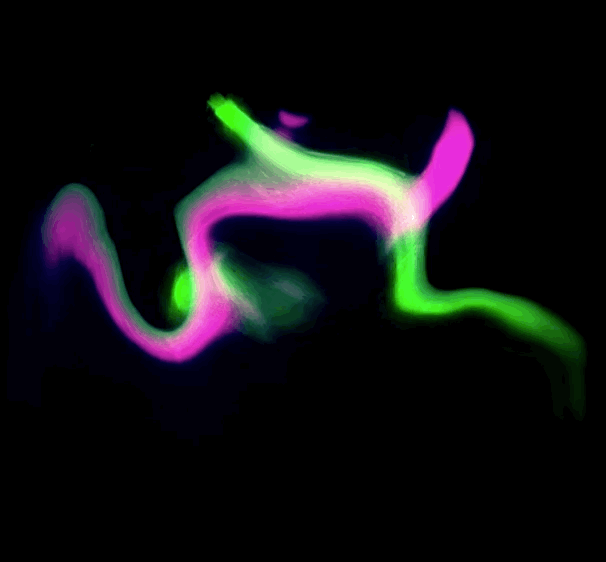Women in $TEM Tribute: $eries 1.0
This 12-month hand-illustrated calendar is a tribute to 24 women of diverse backgrounds who have contributed significantly to the world through STEM. This is their voice.
Throughout the year we designate certain days to celebrate the achievements of women in STEM. This might include a birthday shout-out to Madame Curie, an Instagram post prided on #thisiswhatacoderlookslike, or a tweet to praise International Women’s Day. Why wait until these specific time-points to give our salutes? Women in STEM are to be celebrated, remembered, and talked about every day.
AKJAM Publishing has curated a 12-month calendar with original illustrations as a tribute to 24 women of diverse backgrounds who have significantly influenced the world through STEM. Some of these groundbreakers are famous within STEM circles, but others are hardly known. These doctors, inventors, scientists, mathematicians, and astronauts have passed on, but this is their voice. Their perseverance and brilliance allow us to continue their legacies by making our mark in this world via our discoveries. Let everyday be a reminder that no matter your circumstances or obstacles, you can innovate and create to move humanity forward.

Dr. Chawla and Dr. Clark were two astronauts to lose their lives in the Space Shuttle Columbia crash in 2003. (Illustration By AKJAM Publishing)

Dr. Franklin and Dr. Stevens made findings that were major breakthroughs in what we know about life and how we perform research. Yet, their acknowledgements were pushed aside due to gender discrimination. (Illustration By AKJAM Publishing)

Dr. Stewart and Ms. Lacks contributed to our scientific knowledge of cancer unparalleled by any other. (Illustration By AKJAM Publishing)
Here are some of the female STEM-mers that we honor for the 2017 year. Every student, educator, parent, entrepreneur, innovator, and dreamer will be able to recognize themselves in these women. You will be in awe by women who were not allowed to obtain college degrees, but still pursued higher education; learn from women who were slighted by the fields they devoted their lives to because of open gender discrimination; inspired by women who traveled across countries and internationally to pursue their dreams.

First-generation American Biochemist who left her PhD program because the school did not allow her to keep her much-needed job while attending school part-time. She produced one of the first drugs for leukemia, and also invented several drugs to combat other major diseases like AIDS and malaria. Dr. Elion won the Nobel Prize in Physiology and Medicine (1988) for discovering key principles of drug treatment. (01.23.1918-02.21.1999)
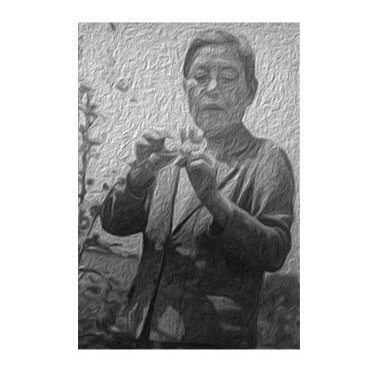
A Japanese Biologist and Cytologist who was the first Japanese woman to receive a PhD in science. She studied the genetics of poppies and plants that were affected by atomic bombings of Hiroshima and Nagasaki (1945). She conducted research at Harvard and founded the journal Cytologia (1929). (02.16.1880-03.24.1971)
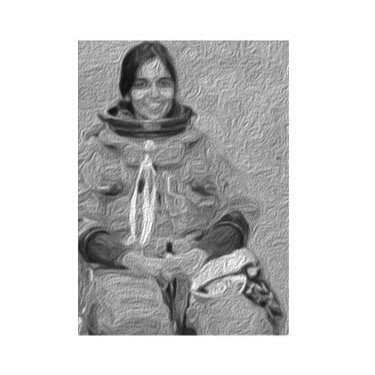
An Astronaut, Vice President of a company, and Research Scientist who was the first Indian-American woman in space. Dr. Chawla earned her BS degree in Aeronautical Engineering (India) and PhD in Aerospace Engineering. She died on Space Shuttle Columbia in 2003. (03.17.1962-02.01.2003)
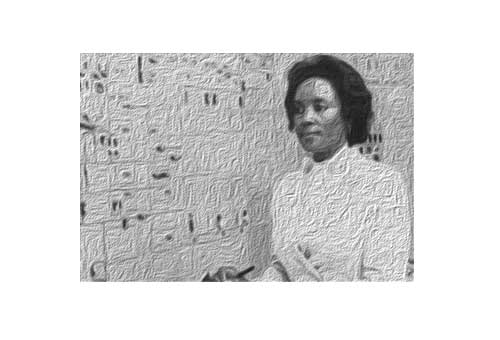
An African-American Computer Scientist and Mathematician who was known as a “Human Computer”. She initially did complex calculations by hand, then as a computer programmer to work on rocket launch systems. At NASA, she was the first to wear pantsuits to help Equal Employment Opportunity for women. (04.23.1933-06.25.2011)
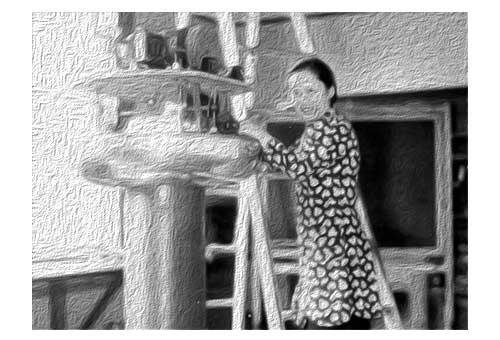
The “First Lady of Physics”, was a Chinese-American Experimental Physicist who joined the Manhattan Project. She was left out of receiving the Nobel Prize for a discovery that contradicted the “Law of Conservation of Parity”. Her two male colleagues won. (05.31.1912-02.16.1997)
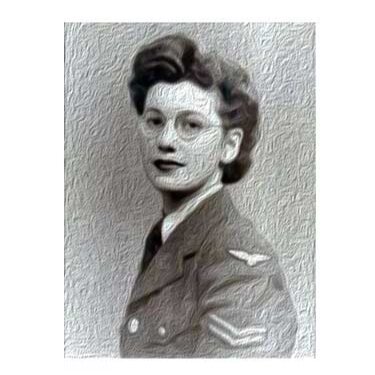
A British Cryptanalyst who worked as a code-breaker during WWII with Alan Turing. During her studies in Cambridge women were not allowed to receive a full
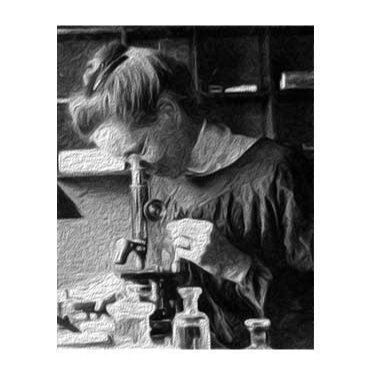
An American Geneticist who discovered that gender was determined on the X and Y chromosomes. Dr. Stevens worked and saved to pay for her continuing education because she did not want to settle for “women’s work”. She started science research at age 39, received her PhD at 42, and died of breast cancer at 51. (07.07.1861-05.04.1912)
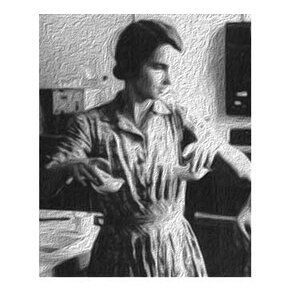
A British Chemist who developed an x-ray chrystallography method that revealed the double helical structure of DNA. She was omitted from the discovery and subsequent Nobel Prize due to conflict with three of her male colleagues. Dr. Franklin moved on to conduct pioneering research in viral structures prior to passing of cervical cancer. (07.25.1920-04.16.1958)
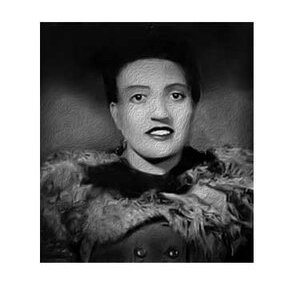
An African-American Cancer Patient who unknowingly lent her cancerous cervical cells to research at Johns Hopkins Hospital. Her cells, HeLa, have been used in research labs worldwide. She died of cervical cancer at age 31. Her story has stressed the need for improved ethical conduct in scientific research. (08.01.1920-10.04.1951)
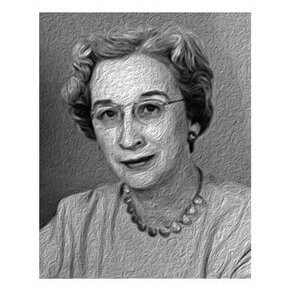
A Mexican-American Cancer Researcher and Virologist with an MD and PhD. Dr. Stewart is the first woman to receive an MD from Georgetown University. She co-discovered the SE (Stewart-Eddy) polyomavirus in 1953 and found that cancer-causing viruses could be spread between animals. (08.16.1905-11.27.1976)
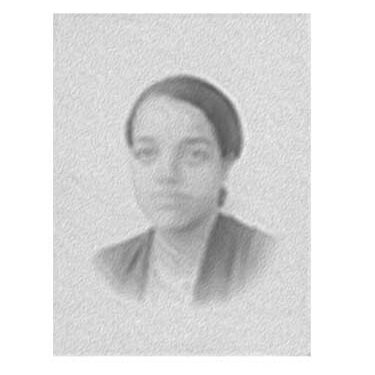
An African-American Mathematician who managed a segregated division of the National Advisory Committee for Aeronautics (NACA) during WWII. Katherine Johnson was assigned to her in the West Area Computing Unit for a short time. She retired after over 30 years of service, without a promotion, to what became NASA. (09.20.1910-11.10.2008)
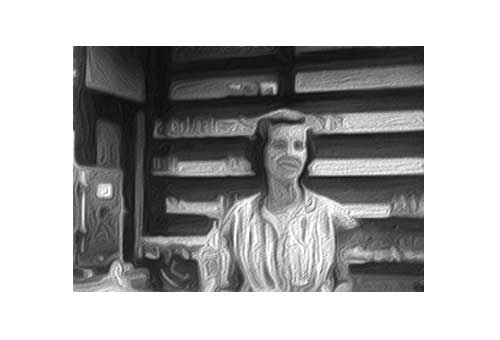
An American Microbiologist who discovered lambda bacteriophage transduction from studying bacterial genetics. She was from the Bronx, NY and graduated from Hunter College (BS), Stanford University (MS), and Wisconsin University (PhD). The Nobel Prize in Physiology or Medicine (1958) for her discovery was not given to her, but was credited to her ex-husband. (December 18, 1922-November 11, 2006)

I did not anticipate my very not linear path.
I did not anticipate my very not linear path.











